
Belovezhskaya Pushcha
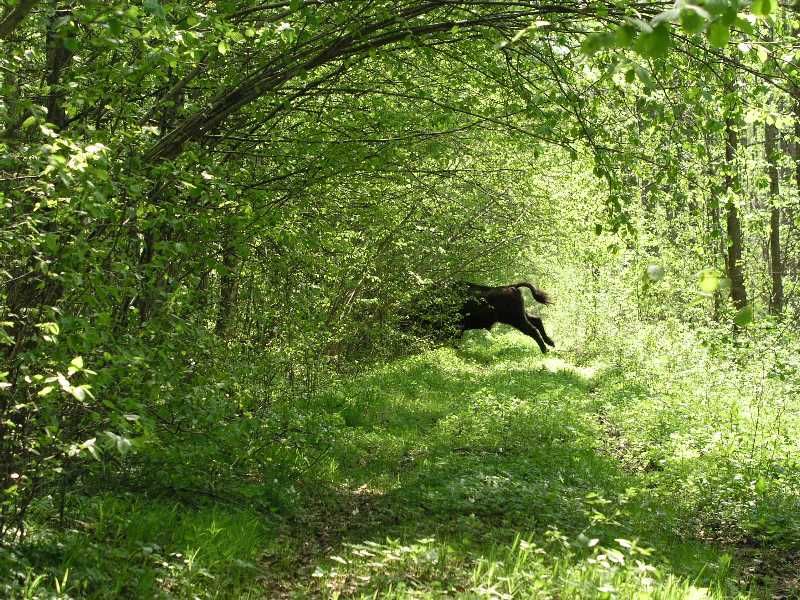
What’s that you say? That is a National Park. Belovezhskaya Pushcha is Europe’s last remnant of a primeval forest. ‘Belo’ means white. ‘Vezha’ means tower. Pushcha is an old Polish word that means primeval forest. It is also a UNESCO World Heritage Site. The coolest thing about this place is that it is the oldest wildlife refuge in Europe.
May I digress? UNESCO stands for United Nations Educational Scientific and Cultural Organization. They will decide what is educational, scientific, or culturally significant and worth preserving. We, the masses, need some group of nameless, faceless people to tell us that. Who are they to tell me what is worth preserving and what is not? I’ll decide for myself. Let’s continue.
Holes Again
I needed to explain to the staff that my daughter could not use the hole in the ground, Was there anything else available? I asked. By this time Maureen was developing a fear of holes in the ground. They were kind enough to suggest that she use the handicapped restroom.
Let’s pause for thought here. I am smacking myself on the forehead. I never even thought of the infirm or physically challenged patrons. What are THEY supposed to do? Well, I guess they use the handicapped facilities. But, also, if they have the technology to build normal, everyday bathrooms, then why can’t they? Why can’t they do this for the rest of us? Are we not worthy?


Back to the Pushcha
The Pushcha is what remains of a forest that once sprawled from the Baltic Sea to the Bug River. Now it covers 650 square miles. It is near the village of Kamenyuki, 93 miles from Brest. You can take a bus from Brest (see schedule at ticketbus.by.) A Lithuanian prince declared it a nature reserve way back in the 1300s. However, this is apparently bunk. Deforestation was outlawed in 1588. This is also bunk. They are cutting trees as I write this.
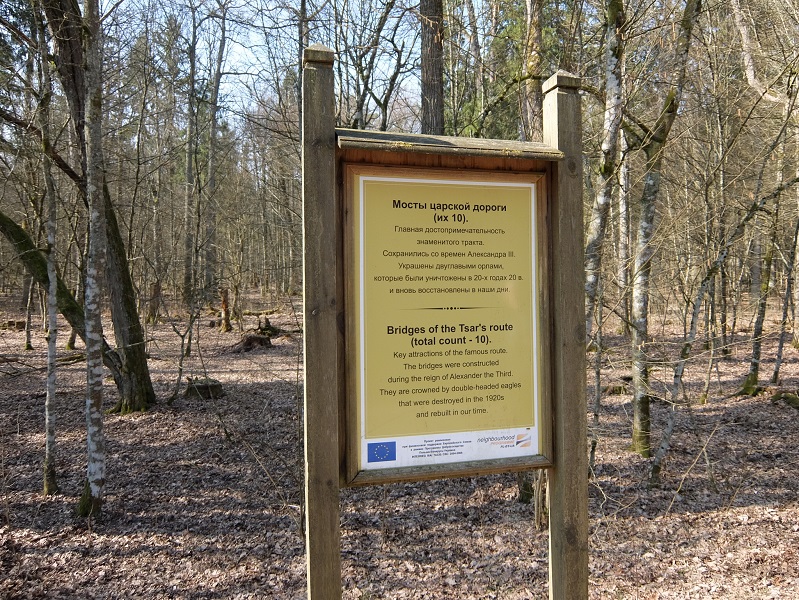
In 1795, the forest became part of the Russian Empire and Tsars hunted there. Now, this is true. Most royalty love to hunt except for England’s Edward II. And he died a particularly gruesome death. But, not because he didn’t like to hunt. It’s a wild, sordid story. One I would truly love to tell. But, alas, it doesn’t fit in here so let’s move on, shall we?
A remnant of Tsardom in the forest is on the Royal Path. The cast-iron railing over a small bridge sports a two-headed eagle. It is the symbol of both tsarist Russia and today’s Russia. Poland and Belarus share the forest.
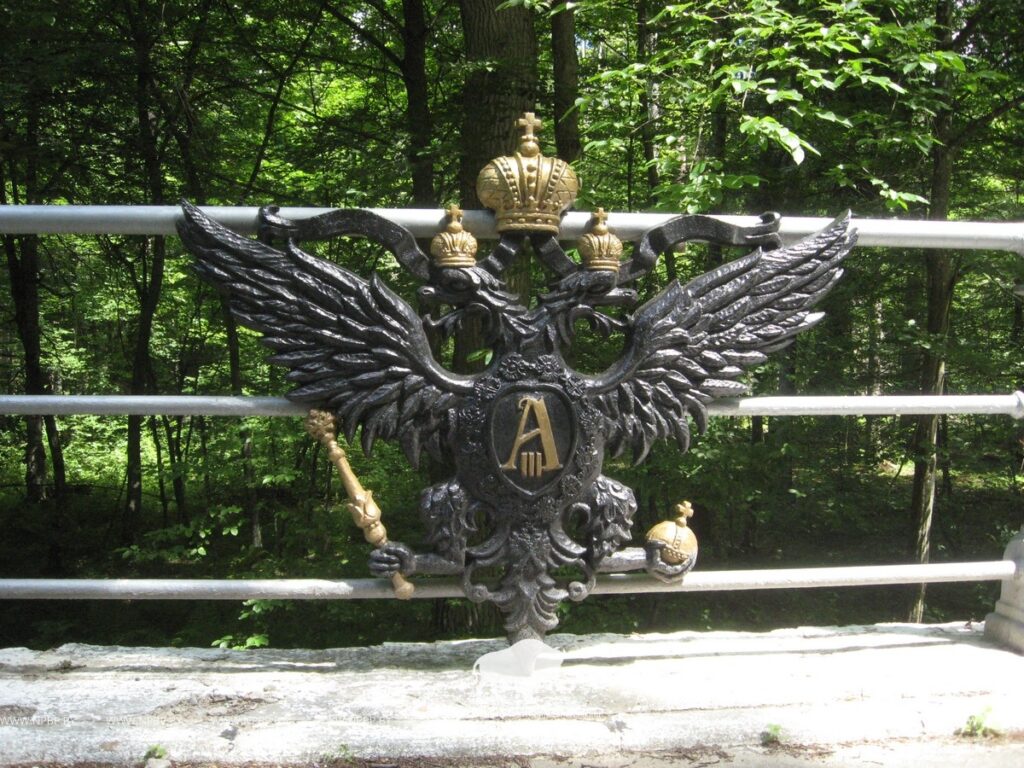
Before we go any further…
Don’t expect to hop in your car and drive around the park without a good reason and special permission. Most of the forest borders Poland, and people are not allowed near the border. Tourists stick to a designated area. There are two sightseeing buses twice a day. Organized bike groups on approved routes with a guide are available.
If you do rent a bike you get a booklet with a map and points of interest along the way. There are about 6 routes and the longest is 11.8 miles. No one will harass you but make sure you a) bring the bike back on time and, b) don’t linger near the border. There are also some small houses to overnight in. You can go fishing. You can’t camp out though. I read that they have a new route for electric scooters. For the latest go to https://npbp.by/eng/tours/cycle-routes/

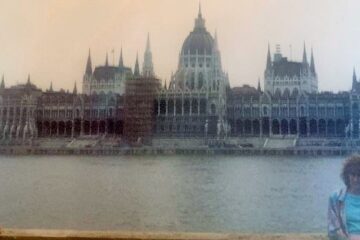
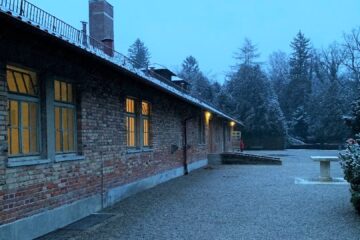
2 Comments
Mont Saint Michel, Normandy France, travelswithmoe · April 15, 2023 at 3:19 pm
[…] Last Primeval Forest in Europe […]
Love Affair with Tahiti and Tattoos - travelswithmoe · July 19, 2023 at 4:44 pm
[…] Last Primeval Forest in Europe […]